Building effective collaboration workflows with your OEM dental lab partner is critical for seamless implant case management, predictable quality, and long-term partnership success. As an overseas partner, Raytops Dental Lab emphasizes clear communication, digital integration, and accountability—helping clinicians and businesses achieve consistency while meeting patient demands and regulatory standards.
Pain Points: Many dental professionals encounter delays, costly remakes, or compliance risks caused by unclear communication, non-standardized documentation, and inefficient case tracking systems. These gaps often result in wasted resources and frustration on both sides.
Solutions: Establishing clear communication protocols, adopting CAD/CAM workflows and centralized case platforms, standardizing clinical documentation, and implementing structured feedback loops allow collaboration to become faster and more reliable. The outcome is shorter turnaround times, consistent implant quality, and stronger trust between clinicians and their OEM dental lab partners.
When labs and clinics embrace innovation, share accountability, and maintain transparency, workflows evolve into a true growth engine—delivering safe, reliable implant solutions while reinforcing long-term professional relationships.
Why Collaboration Workflows Matter in OEM Dental Lab Partnerships
In OEM dental implant projects, the workflow between clinic and lab is just as critical as the technical process of manufacturing restorations. A structured and transparent collaboration framework reduces risks, aligns expectations, and ensures that every implant case moves smoothly from prescription to final delivery. Without it, even the most advanced labs struggle to consistently meet turnaround times and quality expectations.
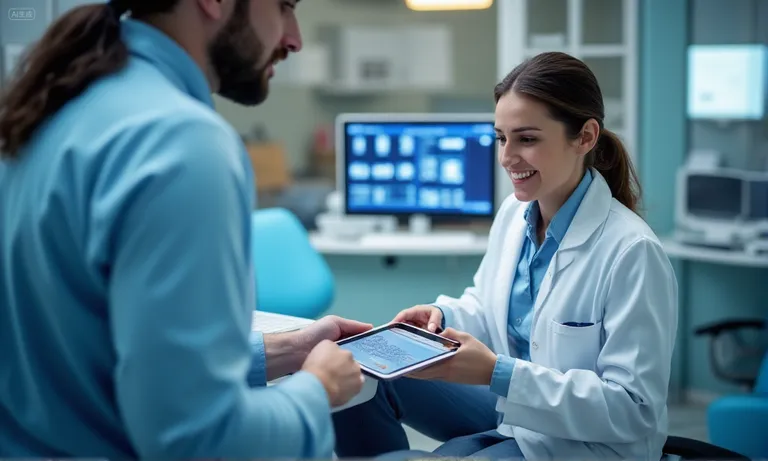
OEM-Dental-Lab-Collaboration-Workflow
How structured workflows reduce errors and delays in implant cases
A clear workflow prevents common problems such as missing files, unclear design instructions, or duplication of work. When labs follow standardized submission forms, annotated scans, and defined review steps, errors are caught early. This reduces costly remakes and ensures predictable case progression.
Why clear processes improve turnaround time and predictability
Labs and clinics that agree on response times, approval stages, and delivery milestones build mutual trust. For example, Raytops Dental Lab aligns its clients on digital submission protocols and production checkpoints, which reduces back-and-forth clarifications and keeps deliveries on schedule. Predictability in turnaround is one of the strongest indicators of a mature OEM partnership.
How shared responsibility and transparency strengthen long-term partnerships
Effective collaboration means both the clinic and the lab share accountability. When labs provide real-time case status updates and clinics supply complete clinical notes and images, both sides reduce uncertainty. This transparency not only strengthens immediate case outcomes but also lays the groundwork for long-term collaboration built on trust and mutual respect.
When workflows are structured, communication becomes smoother, delays decrease, and implant outcomes improve. Ultimately, collaboration workflows are not just operational details—they are the backbone of a sustainable OEM partnership.
Key Elements of a Successful Collaboration Workflow
An effective collaboration workflow between a dental clinic and its OEM lab partner depends on well-defined elements that streamline case management and minimize miscommunication. By setting clear communication rules, aligning expectations, and standardizing documentation, clinics can ensure a consistent flow of implant cases with fewer disruptions.
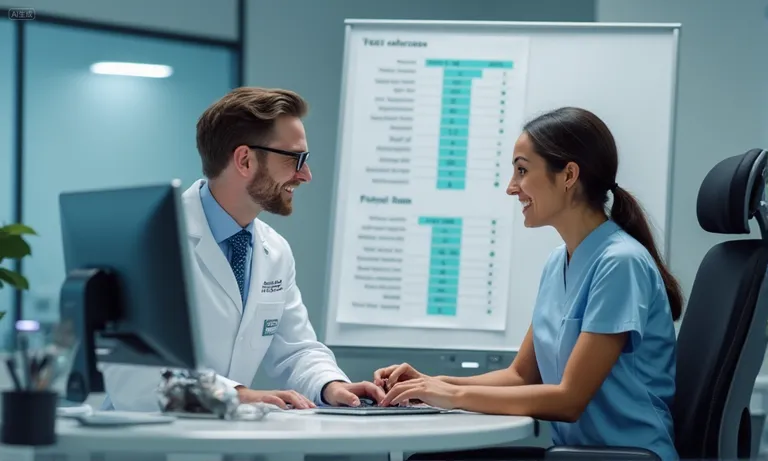
Dental-Lab-Collaboration-Workflow-Elements
Setting clear communication protocols (channels, response times, points of contact)
- Define primary communication channels (email, secure platform, WhatsApp, or case portal).
- Agree on response times, e.g., 12–24 hours for routine inquiries, immediate for urgent cases.
- Assign a single point of contact on both sides to avoid fragmented instructions.
Regular check-ins to align expectations and address issues early
Successful OEM partnerships rely on recurring check-ins. Whether weekly video calls or monthly progress reviews, these sessions ensure alignment on new cases, highlight recurring issues, and create space for continuous improvements. For example, Raytops Dental Lab schedules standing update meetings with key clients to review turnaround times and address potential bottlenecks before they escalate.
Standardizing case documentation with detailed notes and images
| Documentation Element | Why It Matters | Example Practice |
|---|---|---|
| Digital impressions / scans | Ensures accurate fit and design | Upload via CAD/CAM portal |
| Annotated case notes | Clarifies surgeon’s or dentist’s intent | Highlight implant angulation |
| High-quality photos | Provides esthetic and tissue context | Include gingival profile photos |
| Restoration preferences | Reduces back-and-forth adjustments | Specify occlusion design |
Aligning on turnaround times, quality expectations, and logistics
- Define turnaround standards (e.g., 5 working days for single crowns, 10 for full-arch).
- Document quality benchmarks, including esthetics, durability, and fit.
- Align on shipping methods, customs documentation, and delivery expectations to minimize delays.
When these key elements are clearly defined and consistently applied, collaboration workflows transform into predictable systems that benefit both clinic and lab. This structure not only reduces stress for clinical teams but also allows OEM labs to operate more efficiently and scale services with confidence.
Leveraging Digital Tools for Workflow Efficiency
Digital tools are the backbone of efficient collaboration in OEM dental lab partnerships. By integrating CAD/CAM systems, secure case platforms, and automation features, both clinics and labs can reduce turnaround times while ensuring accuracy and transparency in every implant case.
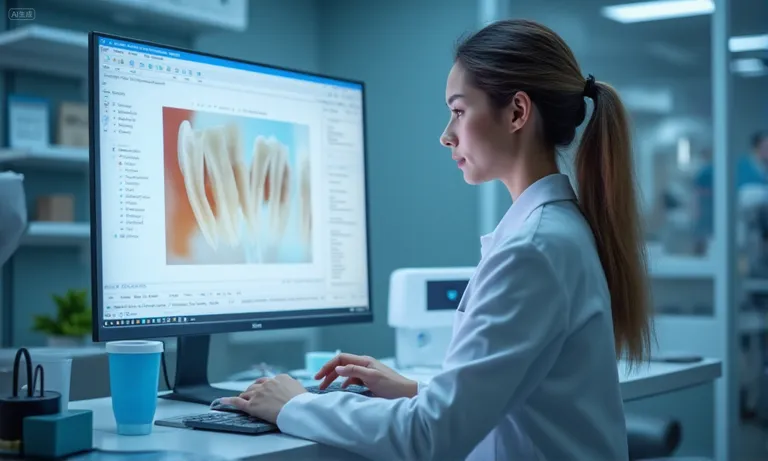
Dental-Lab-Digital-Workflow-Tools
Digital impressions, scans, and CAD/CAM integration for precision
Transitioning from traditional impressions to digital scans eliminates errors in impression taking and shipping. With direct CAD/CAM integration, labs can design and mill restorations faster, ensuring higher precision. For example, when clinics share intraoral scans in STL format, Raytops Dental Lab can immediately initiate design and reduce waiting time by days compared to analog workflows.
Centralized case tracking platforms for real-time updates
- Allow dentists to track case progress (design, milling, shipping) in real time.
- Provide status notifications to minimize follow-up calls and emails.
- Offer historical records of previous cases, helping teams learn from patterns.
Secure data sharing to protect patient information
Protecting patient privacy is not optional—it’s a compliance requirement. Using encrypted portals or HIPAA-compliant platforms ensures sensitive patient data, including images and case notes, remain secure. Overseas dental labs adopting such systems prove their professionalism and reduce risk for their partners.
Automation for file conversion, reminders, and status updates
- Automate file conversion (e.g., DICOM to STL) to save time.
- Send automatic reminders for pending approvals.
- Trigger status updates when cases move to the next stage.
Digital workflows not only improve efficiency but also provide clinics with confidence in consistency and traceability. This level of integration reinforces the OEM lab’s role as a true partner, ensuring seamless case progression without unnecessary delays.
Establishing Feedback and Continuous Improvement Loops
Strong OEM dental lab partnerships are built not just on workflows, but on the ability to learn from each case and refine processes continuously. By structuring feedback channels and tracking performance metrics, both clinics and labs can improve quality while preventing recurring errors.
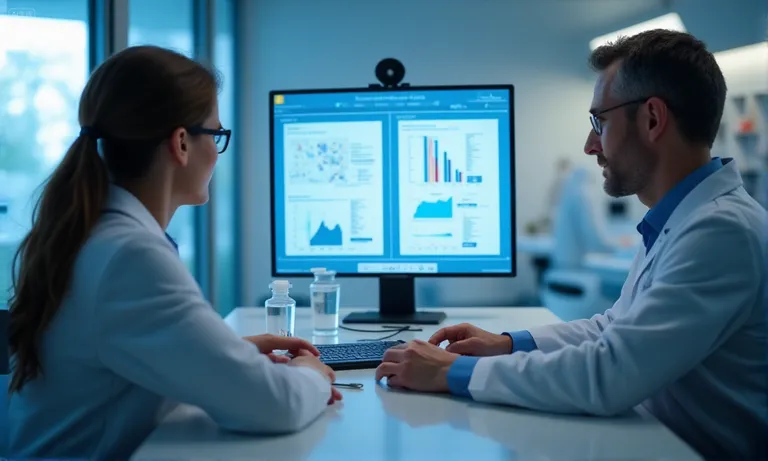
Dental-Lab-Feedback-Loop
Creating structured feedback cycles for each implant case
- Case review upon delivery – Clinic reviews fit, esthetics, and occlusion immediately.
- Feedback submission – Notes or photos are shared back through the agreed communication channel.
- Lab acknowledgment – The OEM lab confirms receipt and outlines next steps.
- Action follow-up – Corrections or adjustments are implemented before the next case.
Proactively addressing remakes, adjustments, and problem resolution
Every OEM partnership faces remakes or adjustments, but the difference lies in how they are handled. Labs that track remake reasons and propose design or workflow modifications show accountability and commitment to improvement. For example, Raytops Dental Lab documents each adjustment and shares lessons learned with clients to avoid repeat issues.
Using performance metrics to refine workflows over time
- Remake ratio – Percentage of cases needing correction.
- Turnaround adherence – Percentage of cases delivered within promised timelines.
- Case acceptance rate – Number of cases accepted without modification.
Tracking these KPIs helps both clinic and lab evaluate performance objectively and refine processes.
Celebrating successful cases to reinforce collaboration
Acknowledging successful outcomes—whether a challenging full-arch restoration or an esthetically demanding anterior case—strengthens motivation and teamwork. Recognizing these wins creates positive momentum and shows that collaboration is not just about solving problems but also about celebrating success.
When feedback is structured and used constructively, OEM partnerships evolve from transactional relationships into continuous improvement ecosystems that benefit both clinical outcomes and business growth.
Embracing Technology and Innovation in Collaboration Workflows
In modern OEM dental lab partnerships, technology adoption is not an option but a necessity. By embracing AI, unified platforms, and emerging innovations, clinics and labs can push beyond efficiency toward smarter, more predictive collaboration.
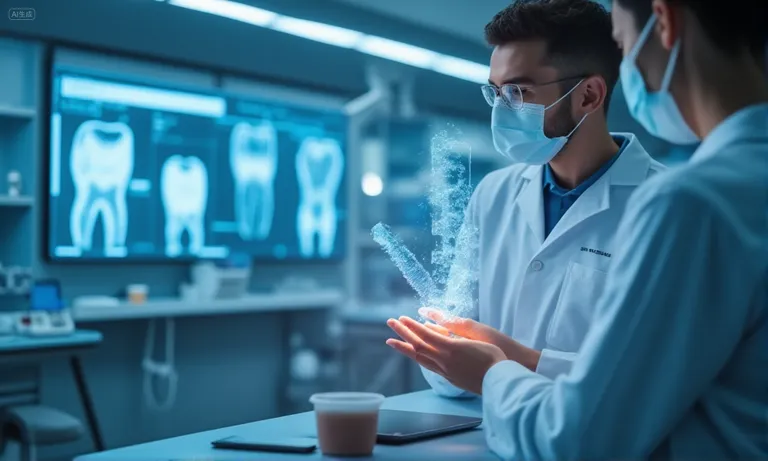
Dental-Lab-AI-Technology-Integration
Leveraging AI tools for design suggestions, prescription review, and reminders
- AI-powered design checks can identify margin lines, occlusion issues, and contact points before milling begins.
- Prescription review automation reduces errors from incomplete forms by prompting missing details.
- Smart reminders notify clinicians and labs about approvals, delivery timelines, or follow-ups, minimizing delays.
Integrating advanced platforms that unify communication and case management
Beyond single-purpose tools, advanced collaboration platforms unify case data, communication logs, and file sharing in one place. This eliminates the fragmentation of emails, phone calls, and scattered documents. For example, when Raytops Dental Lab adopted a centralized platform, clients reported a 30% faster response time due to all records being accessible within one ecosystem.
Adapting to new technologies to stay ahead in implant workflows
- Adopt 3D printing advancements for custom abutments and surgical guides.
- Explore cloud-based case libraries for real-time global access.
- Experiment with AR/VR training modules to enhance treatment planning.
By staying ahead of technological change, dental labs and clinics can co-create workflows that are not only efficient but also adaptive, ensuring they remain competitive in the evolving implant industry.
Building a Long-Term Collaborative Culture with Your OEM Lab Partner
True OEM partnerships extend beyond workflow efficiency—they thrive when both parties build a collaborative culture rooted in trust, respect, and shared goals. Establishing this foundation ensures that clinical outcomes, operational efficiency, and long-term growth remain aligned.
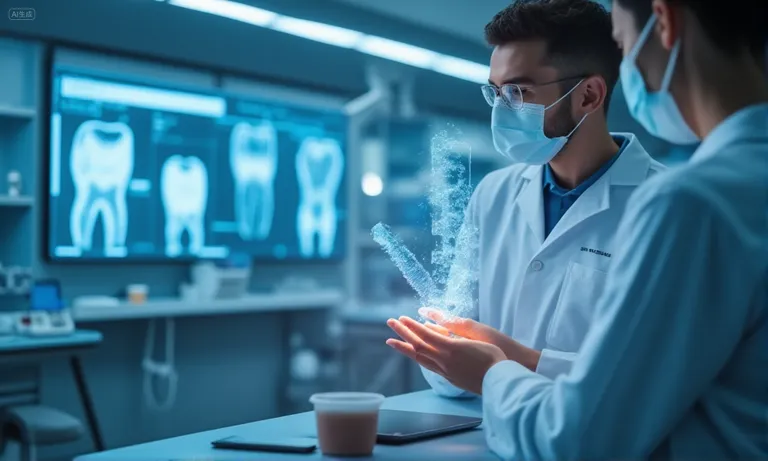
Dental-Lab-Long-Term-Collaboration
Recognizing the lab’s expertise and involving them in treatment planning
Strong collaboration begins with acknowledging the lab’s role as a co-creator of clinical success. When clinicians involve labs early in treatment planning—especially in complex implant cases—labs can provide engineering input that prevents errors and optimizes final outcomes.
Maintaining trust and mutual respect in daily interactions
- Respect turnaround agreements and lab timelines just as labs respect clinical schedules.
- Provide constructive feedback focused on improvement rather than blame.
- Value the lab team’s craftsmanship as part of patient care rather than a background service.
Ensuring transparency on challenges, costs, and constraints
Transparency is key to avoiding misunderstandings. Whether it involves case complexity, material shortages, or cost considerations, openly sharing information allows both sides to adjust expectations. Raytops Dental Lab, for instance, maintains transparent pricing and communicates potential delays upfront, reinforcing trust with long-term partners.
Fostering continuous improvement through regular reviews
- Conduct quarterly review meetings to discuss workflow efficiency, remake ratios, and performance metrics.
- Use joint improvement plans to resolve bottlenecks and align on future upgrades.
- Celebrate milestones together to maintain a sense of shared achievement.
When collaboration is nurtured as a long-term culture, OEM dental labs evolve from being vendors into strategic partners, helping clinics sustain predictable quality, lower risks, and scale implant services confidently.
Conclusion
Building effective collaboration workflows with your OEM dental lab partner transforms the relationship from transactional to strategic. By aligning on communication, leveraging digital tools, embedding feedback cycles, and embracing innovation, you create a framework that reduces errors, ensures predictability, and supports clinical excellence.
For practices and implant businesses, the outcome is clear: reliable quality, faster turnaround, and a scalable partnership that grows with your needs. As an overseas dental lab, Raytops positions itself not just as a service provider but as a trusted collaborator—committed to transparent communication, technical precision, and continuous improvement.
Choosing the right OEM dental lab partner means securing long-term stability for your implant workflows and strengthening the reputation of your clinical practice.


